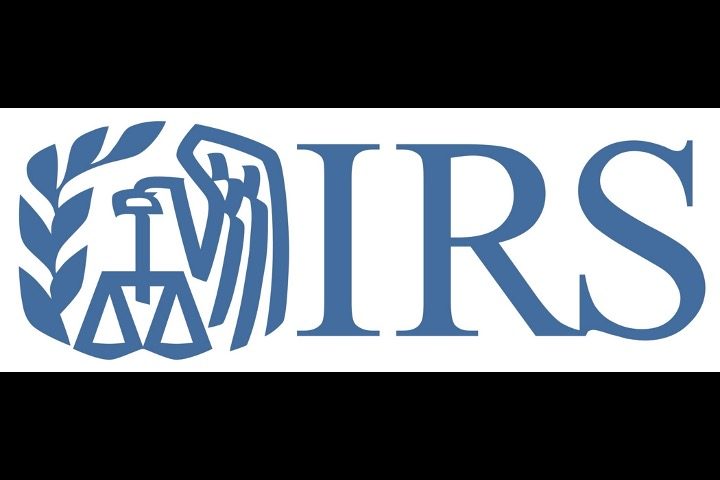
In an effort to make the case for developing its own electronic tax-filing tool, the Internal Revenue Service (IRS) used a flawed survey to “prove” taxpayers wanted it and produced unverifiable cost estimates, according to a recent inspector general’s report.
The Inflation Reduction Act (IRA) appropriated $15 million for the IRS to establish a task force to design its own free, electronic tax-return filing system to be known as “Direct File.” The IRS was required to report to Congress on the cost of developing and running Direct File, taxpayer interest in such a system, and an independent third party’s assessment of the proposed system.
An October 2 report from the Treasury Inspector General for Tax Administration (TIGTA) found that the IRS’s report complied with the law, but it also noted some serious deficiencies in the information contained in the report.
Anticipating the IRA’s passage and its Direct File mandate, the IRS included six general questions about an IRS-run e-filing tool in its tax year 2021 Taxpayer Experience Survey (TES), which was completed by over 4,200 individual taxpayers. The questions were prefaced with this explanation:
The following questions are about your expectations for and your level of interest and trust in an IRS-provided online tool used to prepare and electronically file your tax returns directly to the IRS, free of charge. The online preparation and filing tool would include features such as safeguards to protect taxpayer data, ease of accessibility, and “interview style” preparation (meaning the tool will ask tax-related questions to fill in the return), in multiple languages, with access from mobile devices. This tool would be an alternative to commercial and IRS-provided tax preparation software currently available to taxpayers (e.g., TurboTax, FreeTaxUSA, etc.).
With such a general description of the tool, the responses could hardly be considered definitive. “If respondents were provided the specifics of what the tool may or not may not include, e.g., State tax return preparation, the taxpayer responses to the TES may have been different,” observed TIGTA. Indeed, a Federally Funded Research and Development Center (FFRDC) survey of taxpayers e-filing simple returns (those with only job-related income and the standard deduction) found that 60 percent of them would stick with their current software if Direct File could not also file state returns. “The IRS also noted in its Direct File Report that State tax return filing would be a challenge and that State tax preparation would likely impact taxpayer interest,” wrote TIGTA. As it happens, state tax filing will not be a part of the Direct File pilot.
Another questionable part of the survey’s design was its lack of a neutral option. “Without being provided with this option,” penned TIGTA, “the degree by which respondents indicate they ‘agree’ with something will likely be overstated.” That the largest segment of respondents (45 percent) said they were “somewhat interested” in Direct File, while the percentage who were “very interested” (28 percent) equaled that of “not interested” (11 percent) and “not very interested” (17 percent) combined, lends credence to this assertion. It doesn’t take a psychic to figure out why the IRS would disregard its own standard operating procedures recommending a neutral option when the goal is to show that taxpayers want the IRS to oversee their tax-return preparation.
The FFRDC survey had its own problems, which, conveniently, bolstered the case for Direct File. Specifically, it found that 52 percent of respondents preferred one of two IRS-provided options instead of their current software. One of those options was Direct File. The other, Return-Free File, would have the IRS prepopulate the taxpayer’s return for him based on W-2 and 1099 forms but give him the ability to dispute it. The IRS, however, “has no immediate plans to offer Return-Free filing,” noted TIGTA. In addition, both options claimed that state tax filing would be included, which is not going to be the case with Direct File at the outset.
Then again, the Biden administration has been cooking the books on Direct File all along. The House Ways and Means Committee reported in May that the “independent third party” the IRS hired to study the desirability and feasibility of Direct File was a left-wing think tank that had already expressed its support for such a tool, as had the professor chosen to assist in the review.
TIGTA was also skeptical of the IRS’s cost estimates for Direct File. The IRS itself said there was much “uncertainty” in its estimates. It couldn’t even accurately forecast how many taxpayers would actually use Direct File, settling on a range of “between 5 and 25 million.” When TIGTA asked how the IRS arrived at the lower figure, the agency said it expected the number of Direct File users to be similar to the number using the existing Volunteer Income Tax Assistance Program — yet that program only prepared 2.2 million returns in fiscal year 2022. And as to how much Direct File was going to cost, the IRS couldn’t provide TIGTA with any documentation to back up its estimates. “As such,” wrote TIGTA, “we could not evaluate if the IRS’s cost estimates were reasonable.”
“TIGTA’s report further underlines the trust gap between the IRS and American taxpayers,” House Ways and Means Committee Chairman Jason Smith (R-Mo.) said in a statement. “The Biden Administration’s so-called ‘study’ into establishing a direct e-file system was a foregone conclusion designed to further their goal of inserting the IRS into every aspect of Americans’ lives.”



